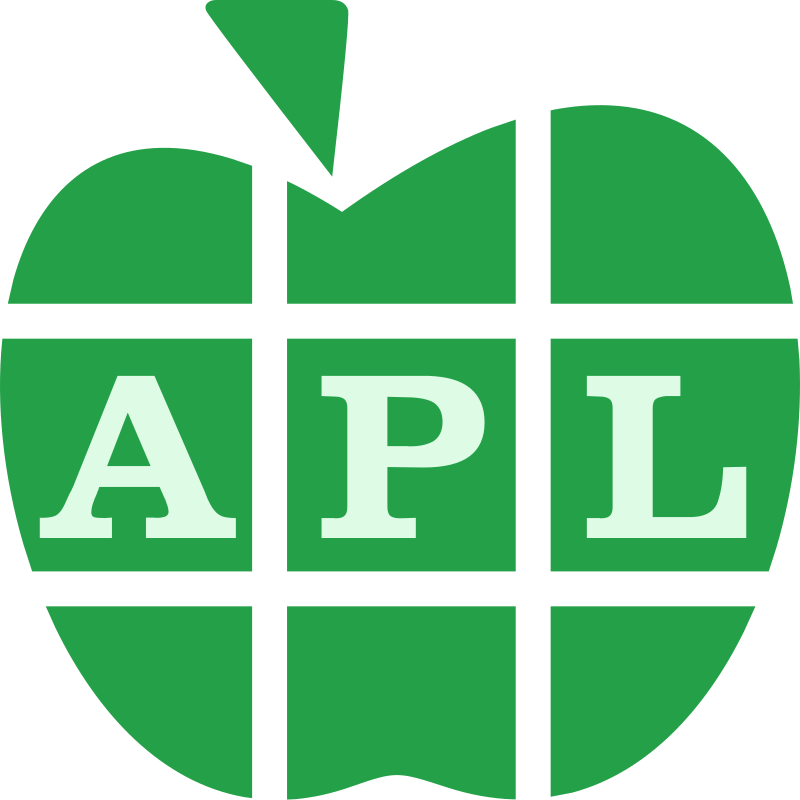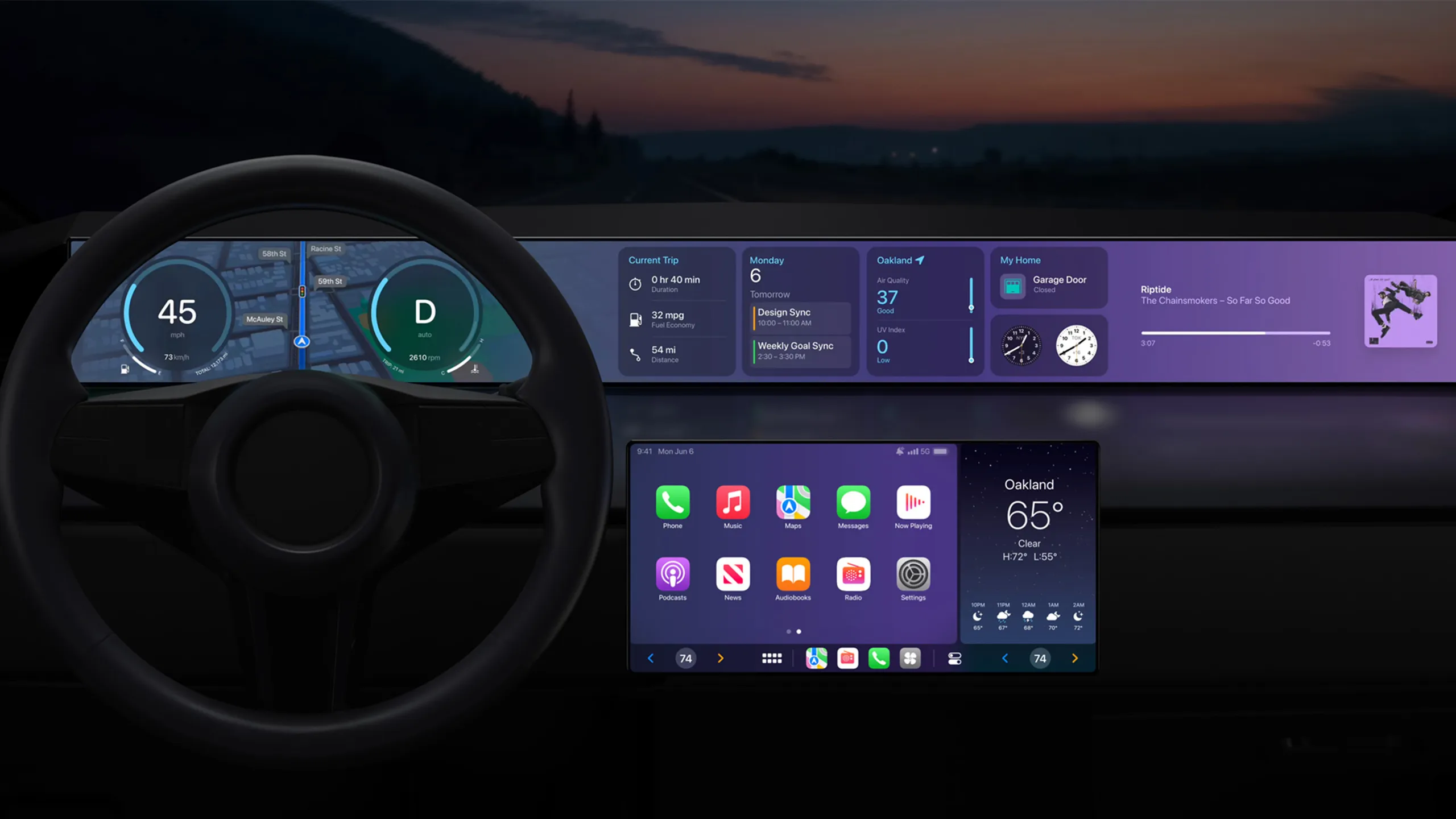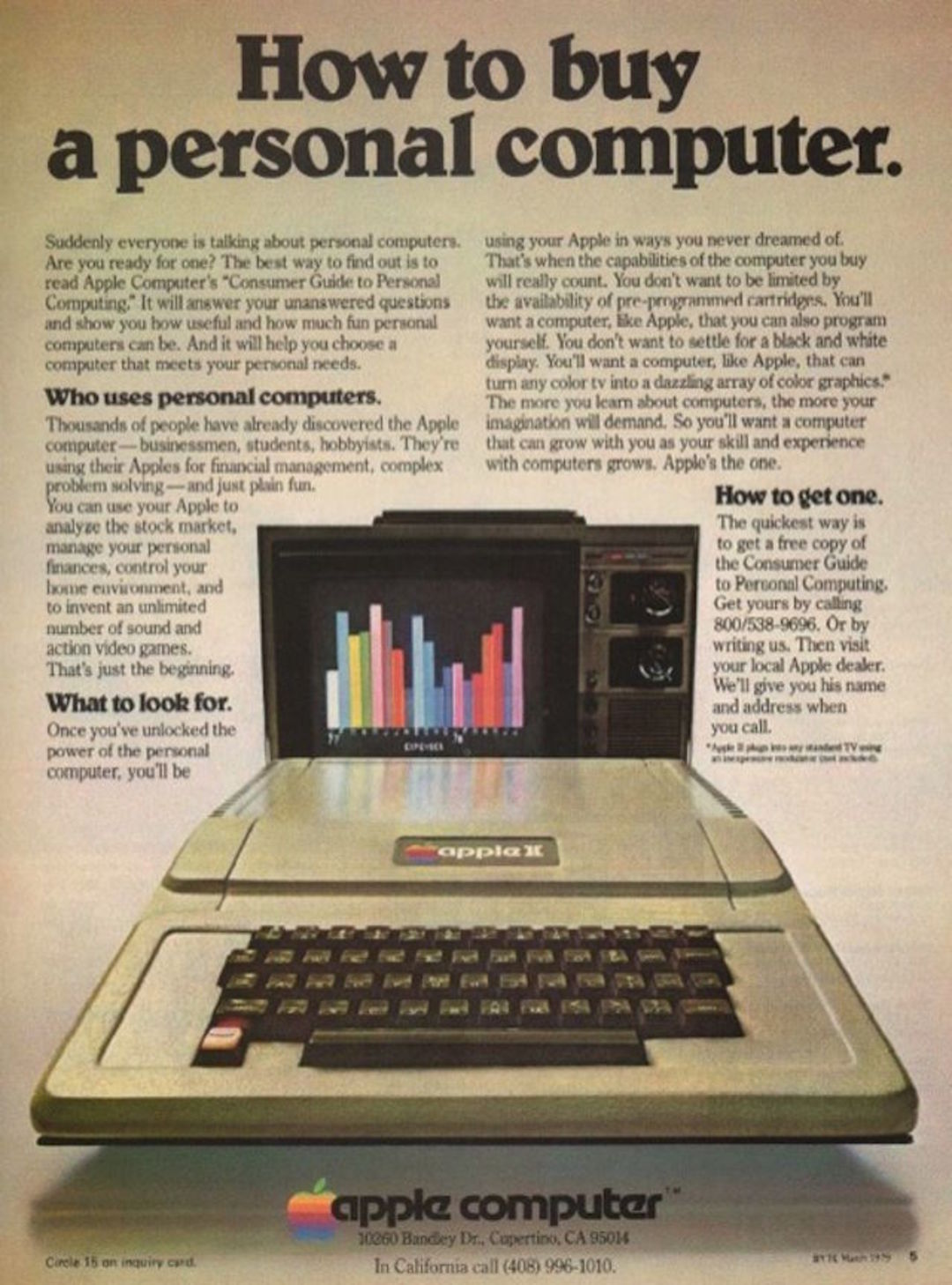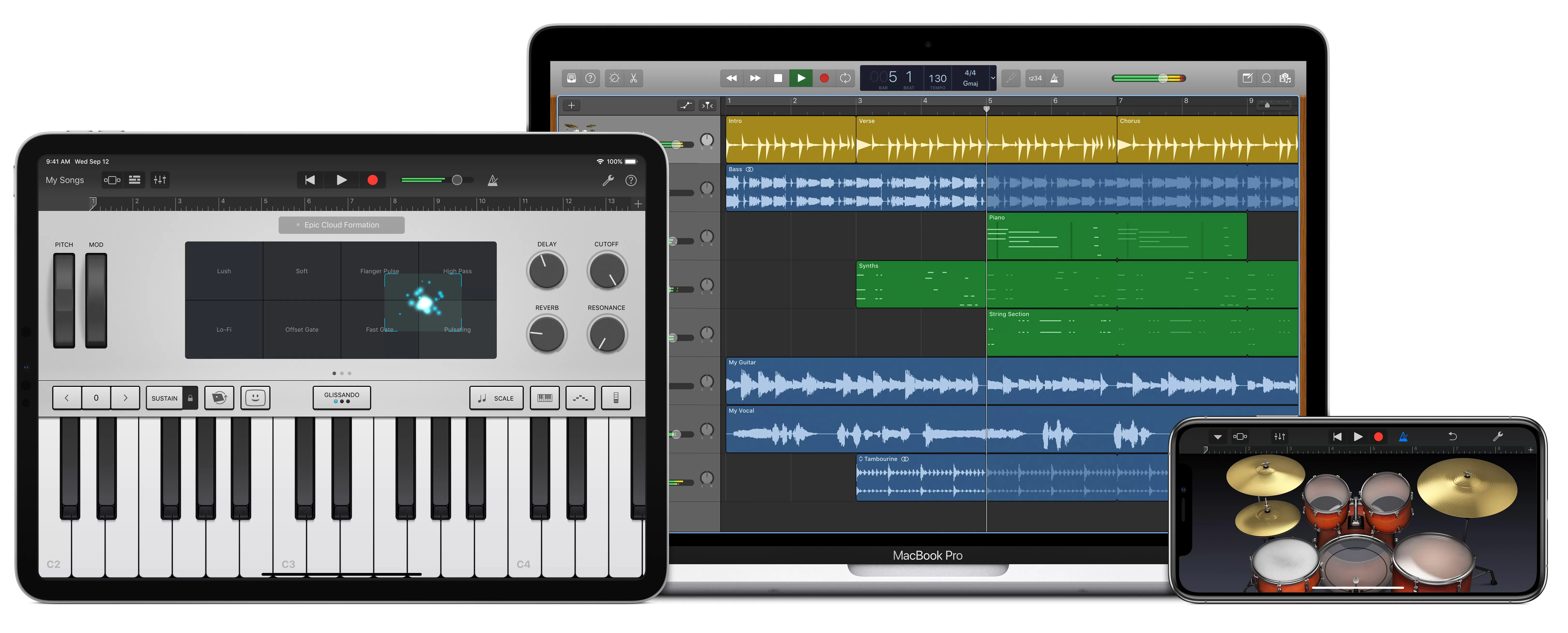
Deutsch-Chinesische Enzyklopädie, 德汉百科
 IT-Times
IT-Times


***Metaverse***Stargate Projekt*ACM Turing Award*Banking and financial services*IDE*IT security and data protection policy*Government3D-DruckAndroidAR/VRArtificial IntelligenceBig DataBlockchainCAD/CAE/CAM/EDA/PDM/PLMChat/Video Conferencing/PhoneCloud ComputingCMSCNCComputer Algebra System and MathematicsCRM/EAM/ERP/SRM/SCM/HCM/QM/XM/WFMCross platformData analysisDatabase management systemsPrinter/Photocopier/ScannereBookeCommercePower Engineering SoftwareDriver assistance systemsFPGAGames industryGaming ClubGraphics software and graphics tabletGraphics card/Video cardSemiconductor technologyHPCICIndustrial RobotInstant Messaging und VoIPInternet of ThingsLinux/UnixMainframeMCU MedicineMicrosoft WindowsMobile Networks Modernization of agricultureMotherboardMusic productionOperating SystemPayment SystemPCI-SIGPLC/DCS/FCS/SCADA/MES Precision Instrument/Medical Equipment/Research EquipmentProduction Engineering/Manufacturing TechnologiesProfessional media softwareProgramming language and frameworkQuantum ComputingRoot name serverSensorSmart phoneSocial networkStreaming MediaStream processorSearch Engine TCP/IP ProtocolsTuring AwardProcessing Units - CPU, GPU, APU, TPU, VPU, FPGA, QPU, IPU, PICVersion controlDistributed systemVirtualization
APL (A Programming Language) ist eine üblicherweise interpretierende Programmiersprache, deren Syntax überwiegend aus Symbolen besteht. Sie wurde von Kenneth E. Iverson und seinen Kollegenbei IBM in den 1960er Jahren als algorithmische Notation (u. a. für den Mathematikunterricht) und als Entwurfssprache für Großrechner entwickelt.









 Automobile
Automobile

 Review
Review



